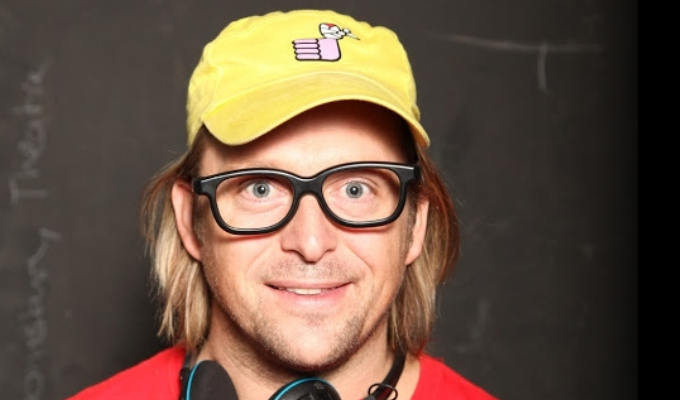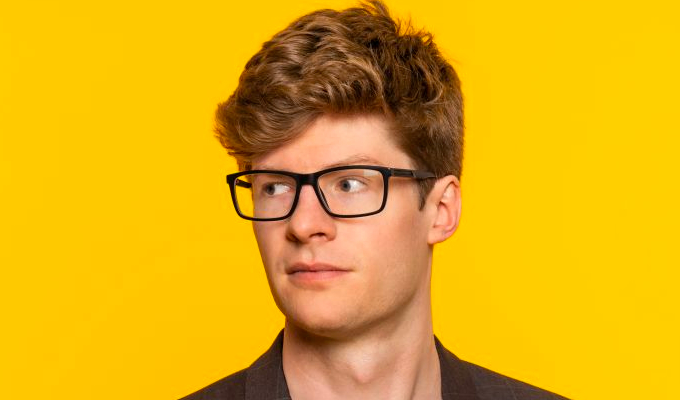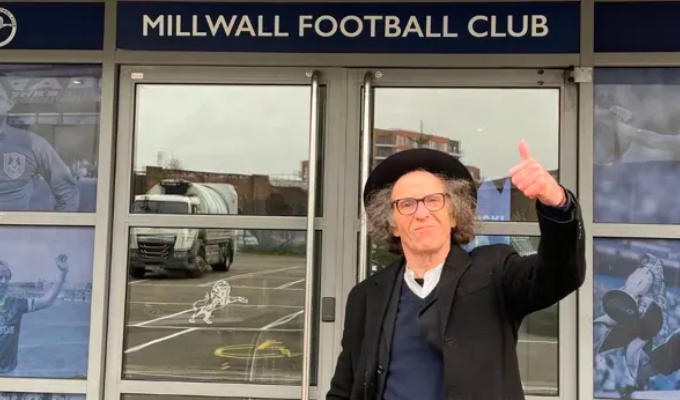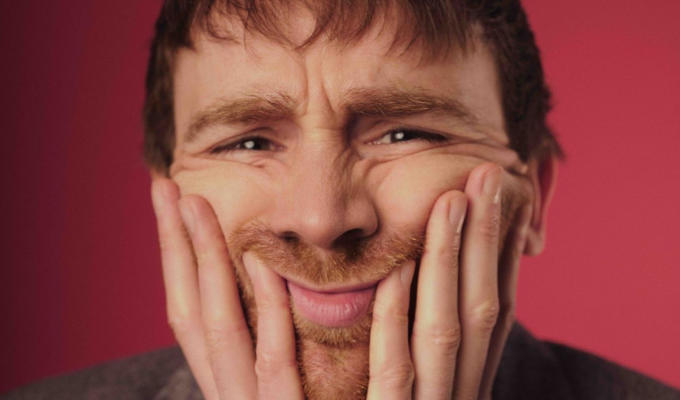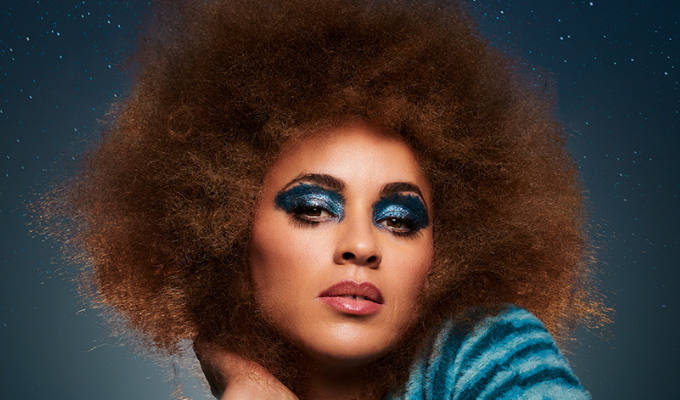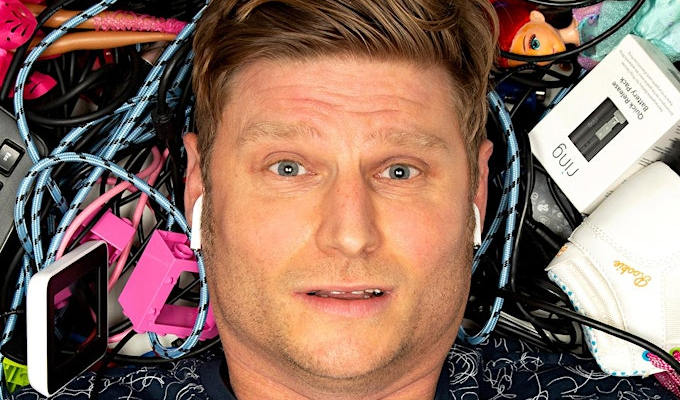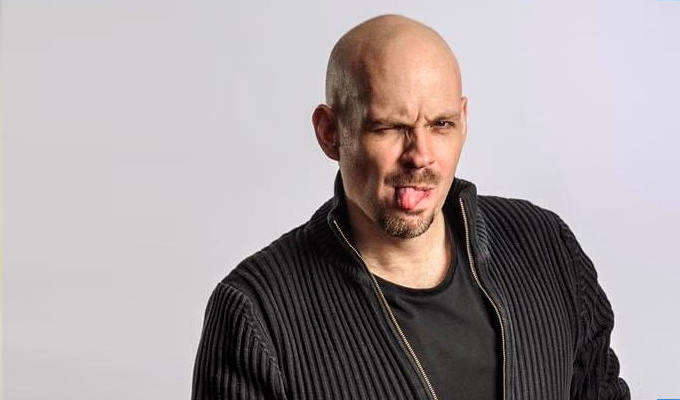
Fringe's first full-on Deaf comedian is a giant leap for BSL signers
Graham Turner on a comedy pioneer
He won’t have noticed but 20 minutes into Gavin Lilley’s set, a hearty belch tumbled down the tiers. In an otherwise quiet moment, it was an unmistakable assertion. Don’t bother being offended by this rude noise. You’re in a Deaf space now.
As the 2022 Edinburgh Fringe draws to a close, that burp signalled a distinct breakthrough. Edinburgh’s inaugural Deaf Festival has been a Fringe first. Over the years, a mere handful of shows have included Deaf performers, rarely foregrounding topics central to the signing community.
Any attention paid by programmers has mostly been to affording ‘access’ via captions or interpreters to shows made by and for the general (hearing) public. But stand-up is most interpreters’ nightmare: slippery, speedy, splenetic. Even tightly-scripted gags frequently rely on wordplay and tone of voice – as untranslatable as it gets.
So it's been genuinely groundbreaking to see the Fringe's first full-on Deaf comedian this year. (The capital 'D' here signifies membership of the signing community; lower-case deaf comedians, such as Steve Day, may have similar levels of hearing but perform in English) Lilley's breathless hour, entirely in British Sign Language (BSL), represented a giant leap for signingkind..
We may be growing more familiar with Deaf artists these days, but it’s still a striking experience just to witness a member of this massively marginalised community commanding the attention of a mainstream audience. Marlee Matlin’s Oscar for Children Of A Lesser God initially brought a signing performer into the public eye back in 1987 but it took another 35 years before Troy Kotsur followed. In the UK, Deaf actors have popped up more often and more prominently on stage and screen, peaking with EastEnders’ Rose Ayling-Ellis winning Strictly Come Dancing last year.
So Lilley, pictured above, is already a pioneer simply by being Deaf in this headline cultural context. While interpretation into spoken English reassures listeners, much of his material reflects the principle of universal design. Hearing and Deaf viewers alike can watch and empathise.
But the nature of Lilley’s stories from inside Deaf life matters. He riffs on the advantages of being Deaf and legitimately ignoring the hearing world’s foibles. He celebrates the ease with which Deaf people travel the globe, knowing they can make themselves understood after a lifetime of gestural invention and masked impatience at hearing haplessness. He satirises the ridiculous thoughtlessness of hearing ‘good intentions’, like the airport staff who irrationally call for wheelchairs when a Deaf customer shows up.
The comedy of the underheard may be routine in 2022 as Fringe performers mine their minority lived experiences. But unless you sign, you won’t have come across many deep Deaf narratives. That emerging national treasure John Bishop may target performing his set in BSL for a future TV show, but his perspective will be limited to being the father of a partially deaf son. You have to be there, inside a Deaf skin, to know exactly how it feels.
What marks this moment as point alpha is the eloquence with which Lilley’s jokes are expressed. Producing original, first-hand comic content in BSL repositions signing in the public eye. Lilley demonstrates that BSL is not just for delivering swishy Strictly swooning or Mr Tumble early learning pat-a-cakery.
It’s also great for fart gags, observational finesse and upward-punching satire. With BSL securing legal recognition this year, seeing the language used for comedy turns the tide in what signing can mean to society. BSL is not some totem to be shown well-meant but empty respect, nor a crutch preserving the illusion of inclusion. It’s a language of laughter through which human can encounter human.
It’s a common misconception that BSL is just English-on-the-hands. Signs don’t represent English words. Their form may sometimes be arbitrary but more often invokes some visual logic. No sign language on earth would point to the floor to mean ‘up’. Signing is anchored in the three-dimensional space around the signer with facial expression and body movement given linguistic purpose.
Effective signing demands a corporeal finesse which, embodied by a master like Gavin Lilley, above, leads to biomechanical control of an extraordinarily high order. Put to comedic use, the result is, for example, impressions of others’ mannerisms that are precision-tooled to the nth degree.
Lilley teases hearing folks’ inability to follow the direction of a pointing finger (something any Deaf person learns to do unerringly from the cradle). Deaf bodies are engineered for faultless laser-like coordination of eye and hand. Think you can read body language? Not having to waste time listening, Deaf people watch like hawks. Ally such observational prowess to the fidelity of Deaf physicality, and the result hits funny bones you never knew you had.
As we approach 50 years since BSL was first named, Parliaments in London and Edinburgh promise to ‘promote’ the language. There is no better way than learning to sign fluently for hearing people to fully acknowledge and begin to understand Deaf lives. In a spirit of welcoming, signed comedy opens Deaf spaces to all willing to enter. Come in.
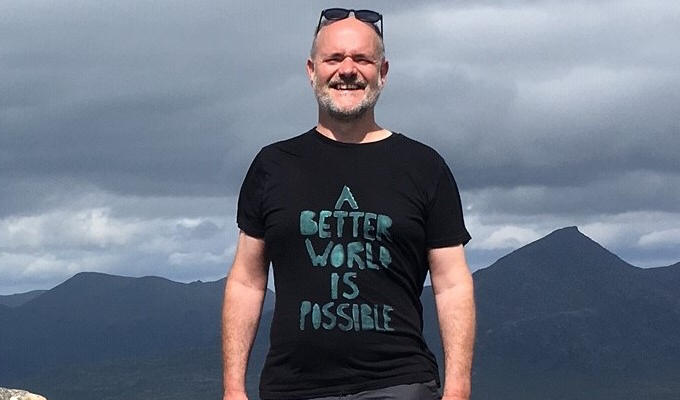
• Graham Turner has been an academic in the BSL field for 35 years.
Published: 29 Aug 2022

